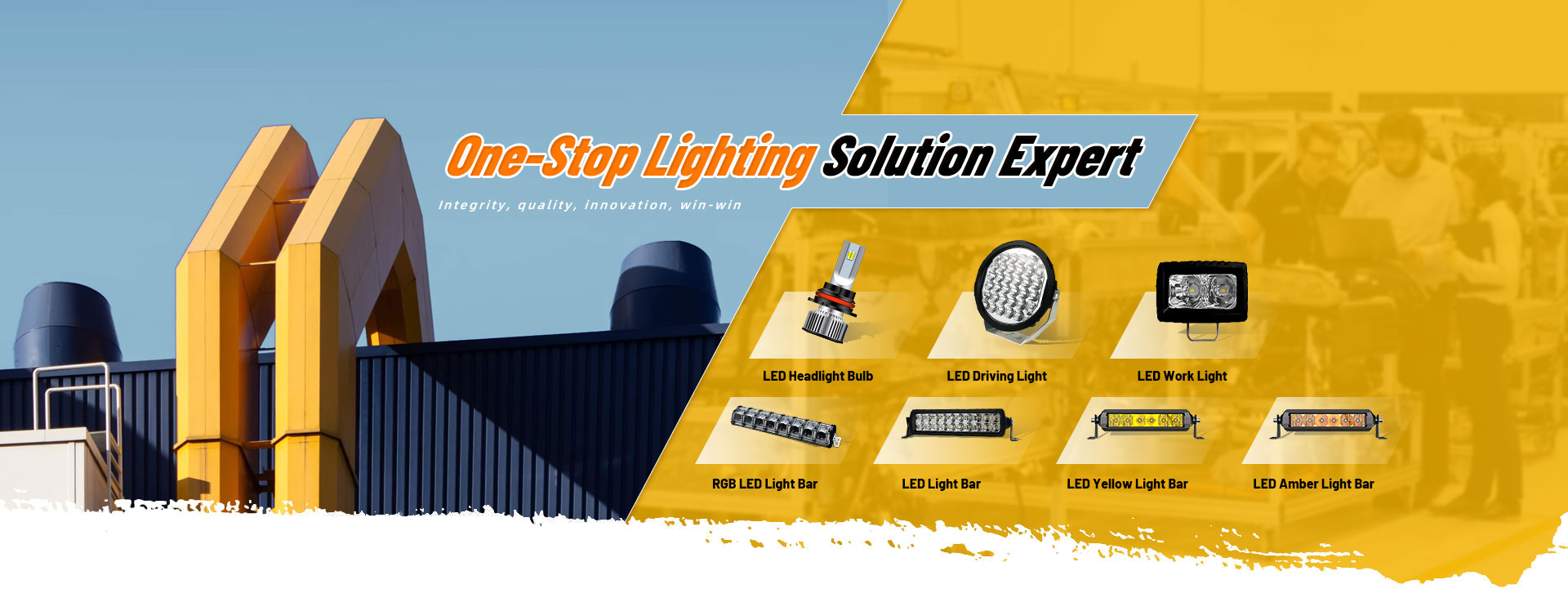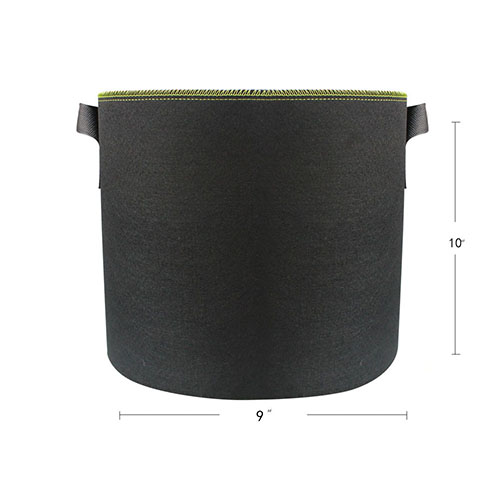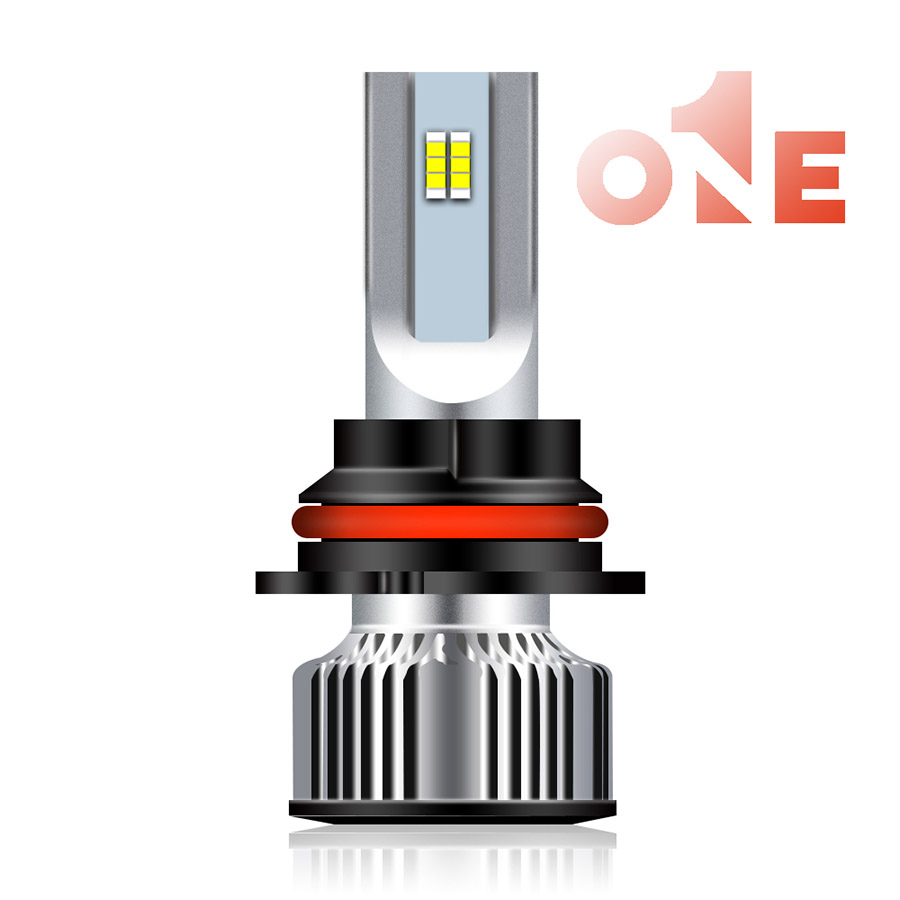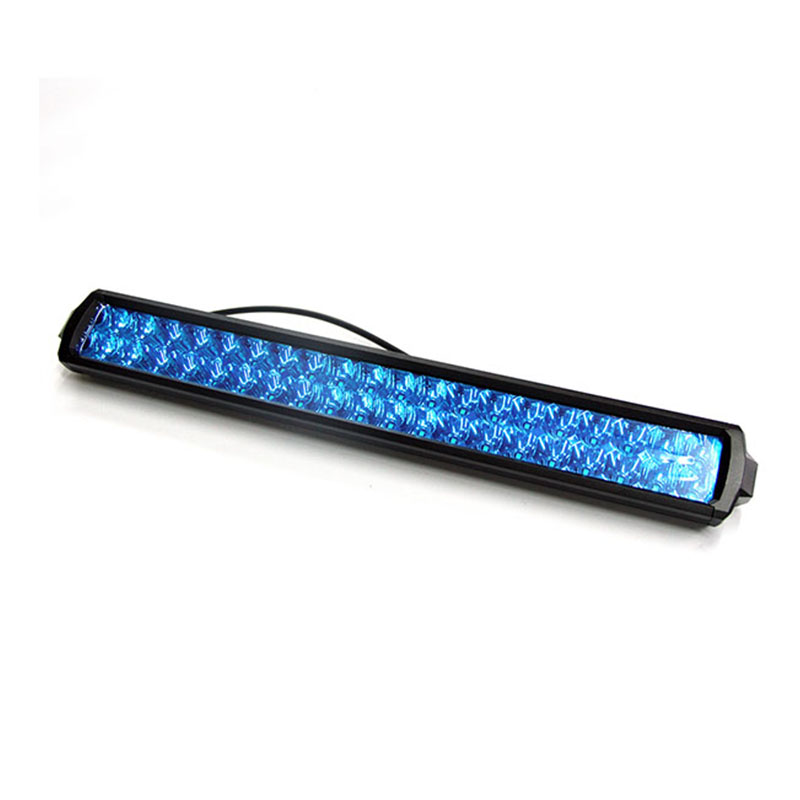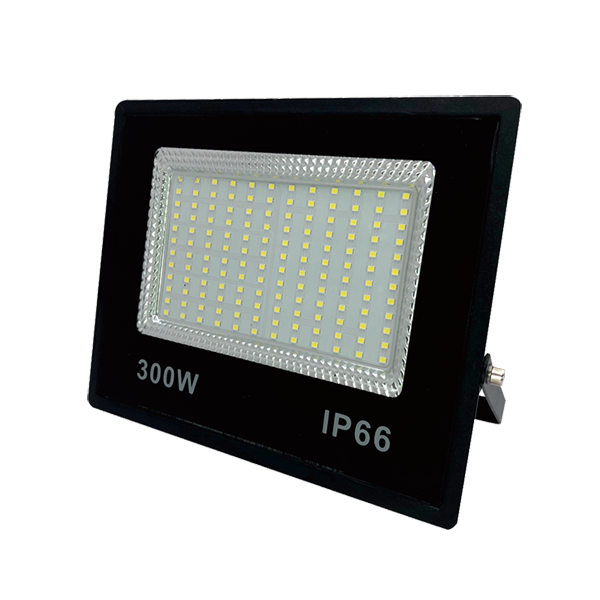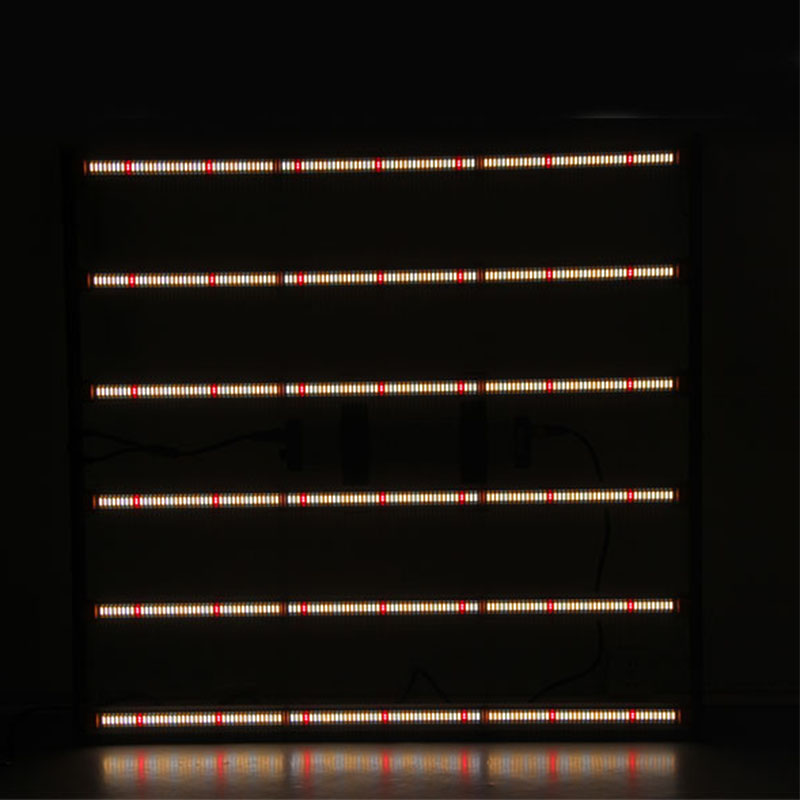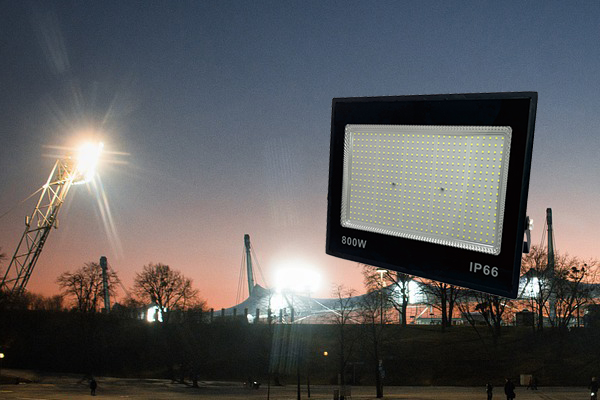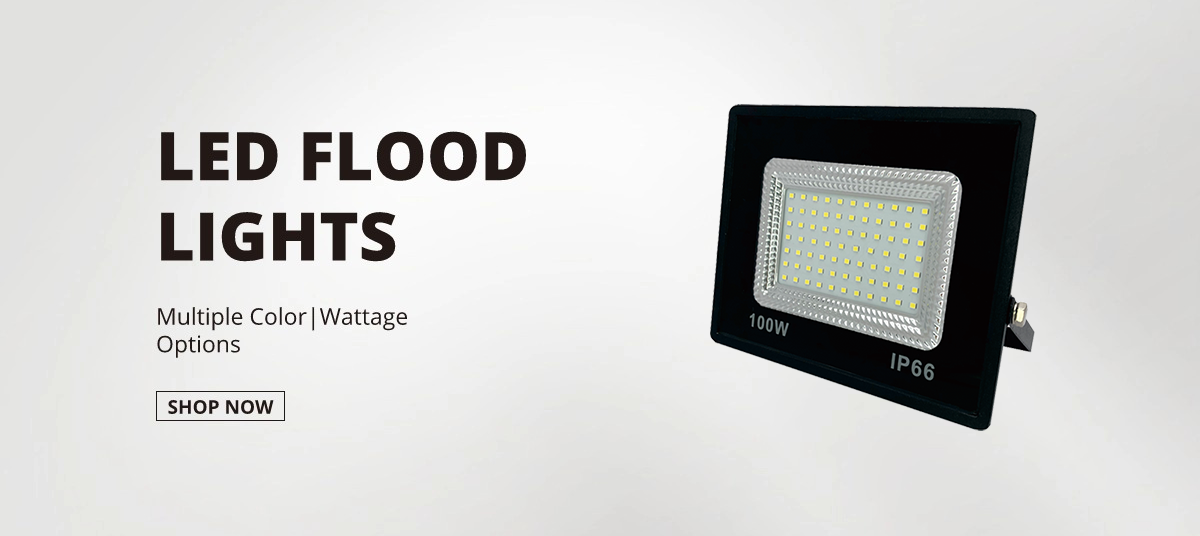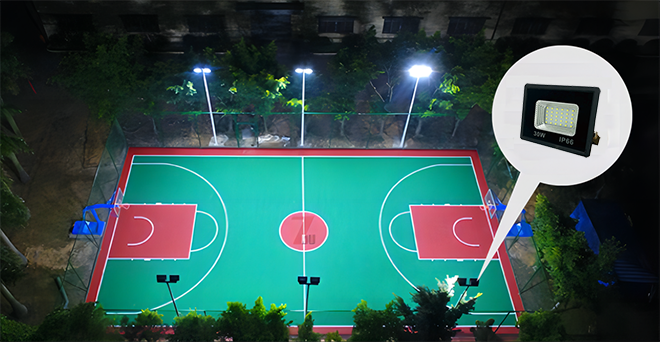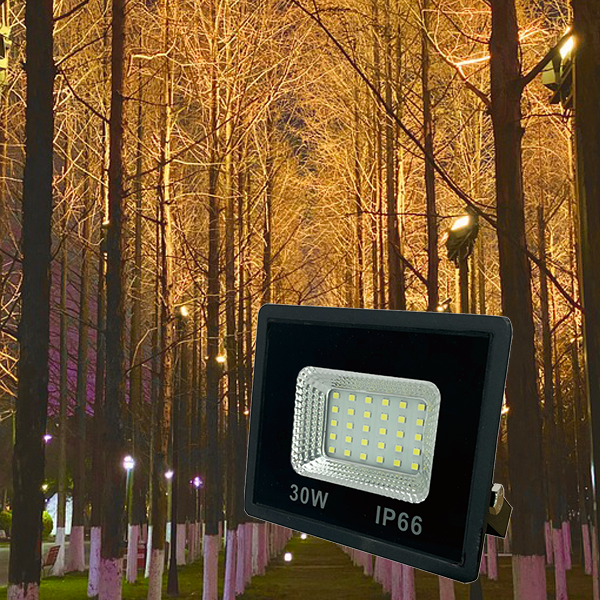Cost
The cost of car light modification is an important factor to consider when making a decision to customize your vehicle's lighting system. You may need to upgrade your headlights for aesthetic purposes, or you may simply want better visibility on the road. While cost is often the primary concern, it should not be the only factor. If you are unsure of what type of headlight bulb you need for your vehicle, you may end up spending more money than you need to.
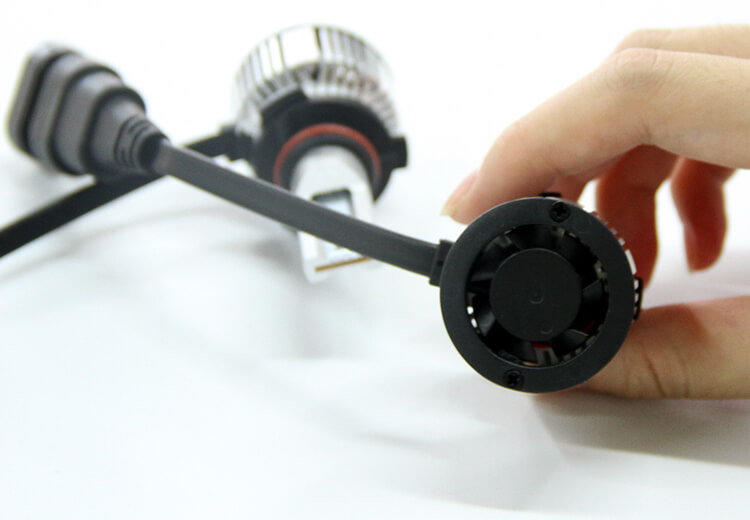
Fortunately, replacing a headlight bulb on a car is not a difficult task. Depending on the model, the process should take you around 45 minutes to an hour. However, newer models may require more work since there are more wires to disconnect. To make the change, you will need a screwdriver, socket wrench, and gloves.
Color restrictions
If you want to customize the look of your car, you must know the legal restrictions regarding car light modification. Each state has different laws regarding the color of the headlights and taillights. Most states require that these lights be either white or amber. Using other colors would make your car less visible, especially in fog.
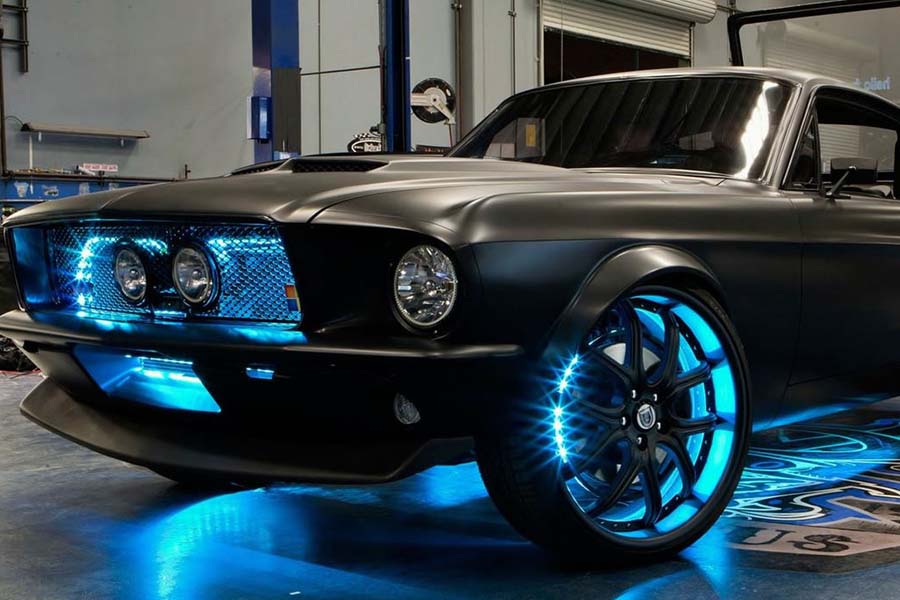
However, there are some exceptions. Emergency vehicles are exempt from this rule. If your car has an emergency flashing light, you cannot use blue lights. Other states restrict the color of underbody lights, including how bright they can be and when they can be used. This is primarily to avoid confusion with emergency vehicles. Some states also limit the colors of roof lights and headlights. If they are in a different color than the headlights, you risk getting a ticket.
Aftermarket products
While all states require that your car has headlights and taillights, not all aftermarket products meet legal standards and could land you in hot water. This article will give you an overview of what aftermarket lighting options you can install and which ones are illegal. Generally, there are limits on color and style, so be sure to read all regulations before installing something on your car.

Aftermarket headlights are available for almost every type of car. They can be simple replacements for factory lights or upgrade them for better visibility. Most aftermarket headlights are just bulb replacements, but some may require other modifications to fit properly. If you have a high-intensity discharge headlight, for example, you may need to replace the whole assembly to achieve the desired effect. Be aware that some aftermarket LED lights are illegal, and strict enforcement varies by jurisdiction. In addition, some of these products may not meet National Highway Traffic Safety Administration standards.
State-specific laws
There are a few state-specific laws that can affect how you modify your car's lights. For example, in Washington, it is illegal to add any additional aftermarket lights on public roads. However, this is not an issue on private property. As long as you don't install rotating or flashing lights, you're good to go.
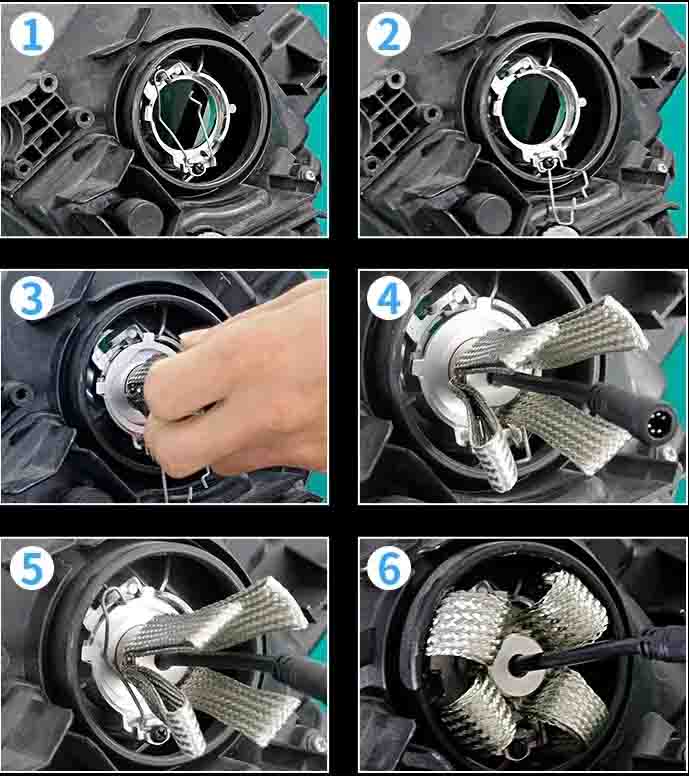
There are a few exceptions. Some states do not allow undercarriage lights and some prohibit the use of neon lights on parked cars. Also, some states do not allow red or blue lights to be used on civilian vehicles, as they could confuse first responders. Also, some states have laws prohibiting "underglow" lights, which are lights that shine under a vehicle's undercarriage. While this isn't considered "visible" lighting, it is still considered vehicle lighting and is illegal in some states.
In addition to these restrictions, some states prohibit the use of off-color headlights on the front of a car. Many states also regulate the brightness of such lights and the distance at which they can be visible. These laws are designed to prevent confusion with emergency vehicles. However, few states address interior lighting, so you should be cautious if you want to change the interior lighting of your car. In some states, it is legal to have non-red diffused lighting on the passenger window, but it should be noted that these laws vary from state to state.

